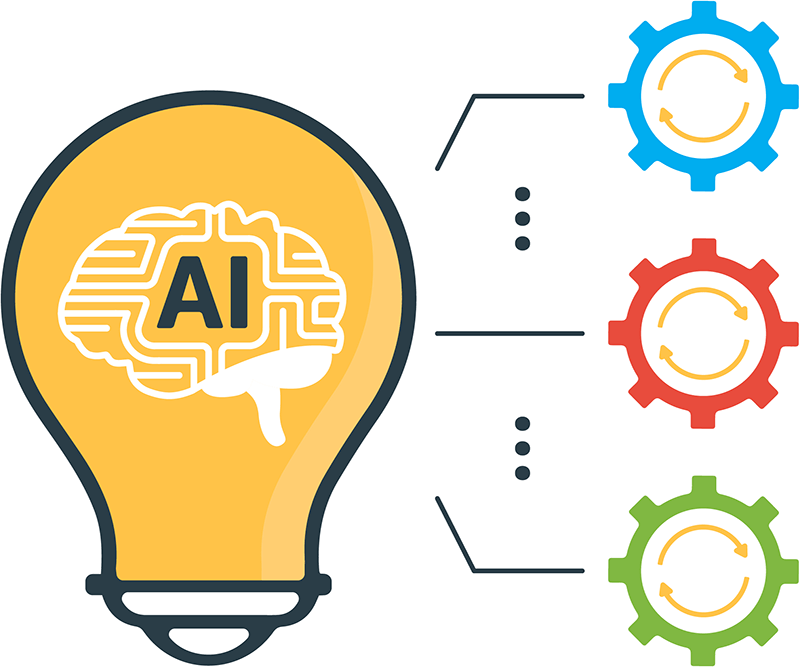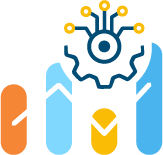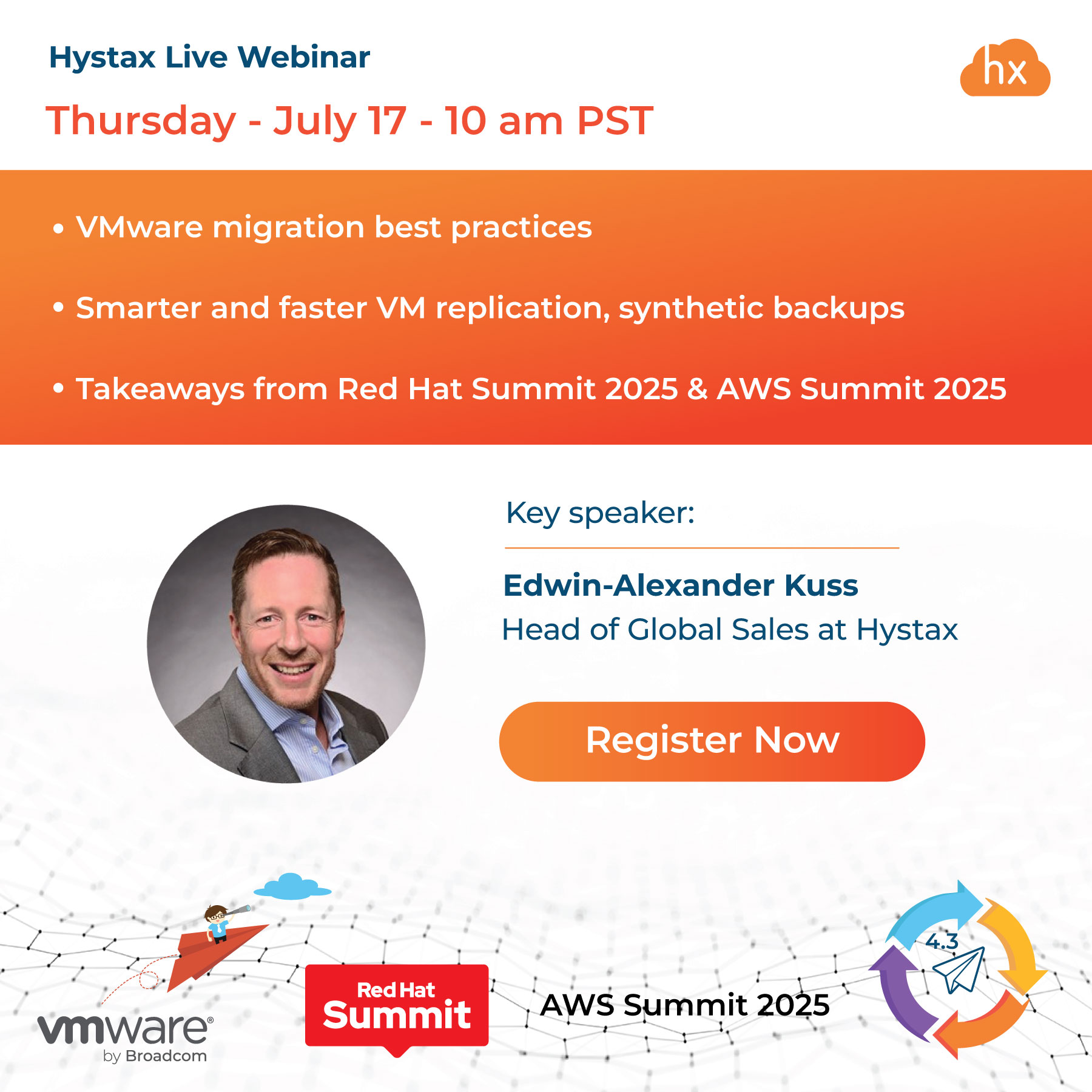In the last several years, machine learning has been taking the world by storm: more and more organizations from across various, even the seemingly most incompatible, industries are adopting it to optimize production processes, for improving customer experience, fraud detection, and security purposes, and even for diagnosing and treating diseases. But, as this adoption has grown, it has become increasingly important to manage the process of developing, deploying, and maintaining machine learning models at scale – this is called MLOps. MLOps involves various tasks, like managing data, training models, and monitoring performance. Naturally, numerous open source and proprietary MLOps tools made these tasks easier.

In this article, we’ll look at some of the most popular open source MLOps tools available today and give a rundown of what they can do. For your convenience, we’ve broken the tools down into categories based on what features they have to offer to help data scientists and machine learning engineers work more efficiently.
Workflow Management Tools
- Kubeflow is a Kubernetes-native platform for running ML workflows, including model training, hyperparameter tuning, and serving. It’s designed to facilitate the process of building, deploying, and managing machine-learning workflows on Kubernetes clusters as the underlying infrastructure.
- MLflow is a platform with a comprehensive approach to managing the ML lifecycle, from data preparation to model deployment. One of its primary capabilities is to allow data scientists to track experiments, package and share code, and manage models in a scalable way. Also, MLflow enables tracking and visualizing experiment runs, packaging code and data as reproducible runs, managing model versions and deployment, and integrating with the most popular ML libraries and frameworks.
- OptScale, MLOps and FinOps platform, gives an opportunity to run ML/AI or any type of workloads with optimal performance and infrastructure cost by profiling ML jobs, running automated experiments and analyzing cloud usage. OptScale provides performance optimization by integrating with ML/AI models by highlighting bottlenecks and providing clear performance and cost recommendations. Runsets allows users to specify a budget and a set of hyperparameters and OptScale runs a bunch of experiments based on different hardware (leveraging Reserved/Spot instances), datasets, and hyperparameters to give the best results.
- Metaflow is a framework for building and managing end-to-end ML/DS workflows. It creates a high-level abstraction layer to simplify the development and deployment of machine learning projects. The framework covers the underlying infrastructure, such as data storage, execution, and monitoring. It also includes features for tracking experiments, managing version control, and deploying models to production. It can be easily integrated with Python libraries such as Pandas, NumPy, and TensorFlow.
- Kedro is an open source Python framework for building robust, modular, reproducible ML/DS pipelines. It’s especially good at managing the complexity of large-scale machine learning projects since it includes features for data preprocessing, model training and testing, and model deployment, as well as for managing data versioning, dependency injection, and project structure. One of the notable features of Kedro is the ability to generate a project-specific template with predefined folder structures and files, which can be customized based on the project’s needs.
- ZenML provides a streamlined solution for managing ML workflows. Its modular pipelines, automated data preprocessing, model management, and deployment options work in cohesion to simplify the complex machine learning process. ZenML can be used with various machine learning frameworks and allows for seamless deployment on cloud infrastructure.
- MLReef is a collaboration platform for machine learning projects. It offers tools and features that help everyone involved team up to work on machine learning projects and their key stages, such as version control, data management, and model deployment. MLReef also has an easy integration capability with a range of machine learning frameworks, making it a versatile platform for collaborative ML projects.
- MLRun is yet another platform for building and running machine learning workflows. With MLRun, one can automate their machine learning pipelines delegating to the tool data ingestion, preprocessing, model training, and deployment. MLRun is flexible and can be used with diverse machine learning frameworks, making it a powerful tool for managing even complex ML projects. Last but not least, MLRun allows data scientists and developers to collaborate on projects and optimize the machine learning workflow easily.
- CML, which stands for Continuous Machine Learning, is a platform for building and deploying ML models in the continuous integration / continuous deployment (CI/CD) pipeline. CML also takes the hassle of automating data ingestion and model deployment, ultimately making it easier to manage and iterate on machine learning projects and improving development speed and quality.
- Cortex Lab helps deploy machine learning models at scale, taking care of automatic scaling, monitoring, and alerts. Cortex Lab supports a variety of machine learning frameworks and enables easy integration with cloud infrastructure, which ensures optimal performance and reliability in production environments.
Automated Machine Learning tools
- AutoKeras is a library that facilitates building and deploying machine learning models. It uses a neural architecture search algorithm to select the best architecture for a given dataset and task. Additionally, it automates hyperparameter tuning and data preprocessing, including classification, regression, and image and text processing. This enables the easy creation of high-quality ML models without any manual tuning.
- H2O AutoML automates the process of training, building, optimizing, and deploying models. It uses algorithms to tackle various machine-learning problems, like predicting outcomes or classifying data. H2O AutoML is suitable for students: it helps build high-quality models without requiring extensive knowledge of machine learning and experiment with ML without spending much time on manual tuning and optimization.
- NNI is a toolkit designed to automate the process of fine-tuning hyperparameters in ML models to ensure their accuracy. It does this by automatically finding the best settings for essential choices in the model, which can be time-consuming and error-prone to do with one’s bare hands.
Big Data Processing tools (Including Labeling and Version Control)
- Hadoop is a platform that enables distributed storage and processing of large datasets across clusters of computers. It is specifically designed to handle big data; for that purpose, it uses a proprietary distributed file system called HDFS (Hadoop Distributed File System) to store data across multiple machines seamlessly. It uses a processing system called MapReduce to analyze and process the data in parallel.
- Spark is an extensive data processing framework that provides an interface for managing large data sets in parallel, making it possible to perform computations faster than traditional data processing methods. Also, Spark supports many programming languages, including Java, Python, and Scala, and offers built-in libraries for processing data.
- Data Version Control (DVC) is a platform for managing both machine learning models and data sets in terms of tracking their changes over time, which fosters collaboration among team members. And its main functionality is an ability to version control data sets, which means you can quickly revert to previous versions of the data if needed.
- Pachyderm is a platform for managing data pipelines that also offers a way to version control and manage data sets using a Git-like interface.
- Label Studio is a platform for labeling data sets (images, text, and other types of data) with a user-friendly web-based interface.
Model Deployment and Serving
- Seldon Core is a platform for deploying and serving machine learning models on Kubernetes and other cloud platforms. It also can package and deploy ML models as microservices, making integrating them with other applications and services easier if needed. With its advanced functionality, one can track metrics, set alerts, and perform automated scaling.
- Flyte is an open-source platform for developing, executing, and managing machine learning workflows. It also provides features for tracking and analyzing the performance of your workflows, including metrics, logs, and visualizations.
- Jina – an open-source platform for building and deploying neural search systems. It offers a way to build and deploy search systems using deep learning techniques. Jina is a framework to build multimodal AI services and pipelines, then serve, scale, and deploy them to a production-ready environment like Kubernetes. It also provides features for managing and monitoring your search deployments, including the ability to scale up or down and track metrics and logs.
A few words about OptScale
We wanted to reserve a special place for OptScale, FinOps and MLOps open source platform, as this platform is difficult to categorize. OptScale allows users to run ML/AI or any type of workload with optimal performance and infrastructure cost. The platform provides a toolset for Finops and cost optimization purposes, offers integration with cloud infrastructure and resources for optimizing ML/AI performance and cost, and, last but least, features Runsets. Runsets are a bunch of automated runs based on hardware recommendations and a defined hyperparameter set.
OptScale also offers the following unique features:
- Complete cloud resource usage and cost transparency,
- Optimization recommendations,
- Anomaly detection and extensive functionality to avoid budget overruns,
- Lots of MLOps capabilities like ML model leaderboards, performance bottleneck identification and optimization, bulk run of ML/AI experiments using Spot and Reserved Instances, experiment tracking,
- Integration of MLFlow into OptScale – manage model and experiment results lifecycle with simple cloud management and improved user experience.
To wrap it up, many open source MLOps tools offer a wide range of capabilities, from workflow management and automated machine learning to big data processing and model deployment. OptScale, fully available as an open source solution under Apache 2.0 on GitHub, stands out from the crowd by providing unique features for cost and performance optimization, together with integration with cloud infrastructure and resources. Whether you’re a data scientist, machine learning engineer, or another IT professional, you’ll indeed find OptScale helpful to optimize your workflow and unlock more significant potential in your machine learning capabilities.
💡 You might be also interested in our article ‘Key MLOps processes (part 1): Experimentation, or the process of conducting experiments’ → https://hystax.com/key-mlops-processes-part-1-experimentation-or-the-process-of-conducting-experiments.




